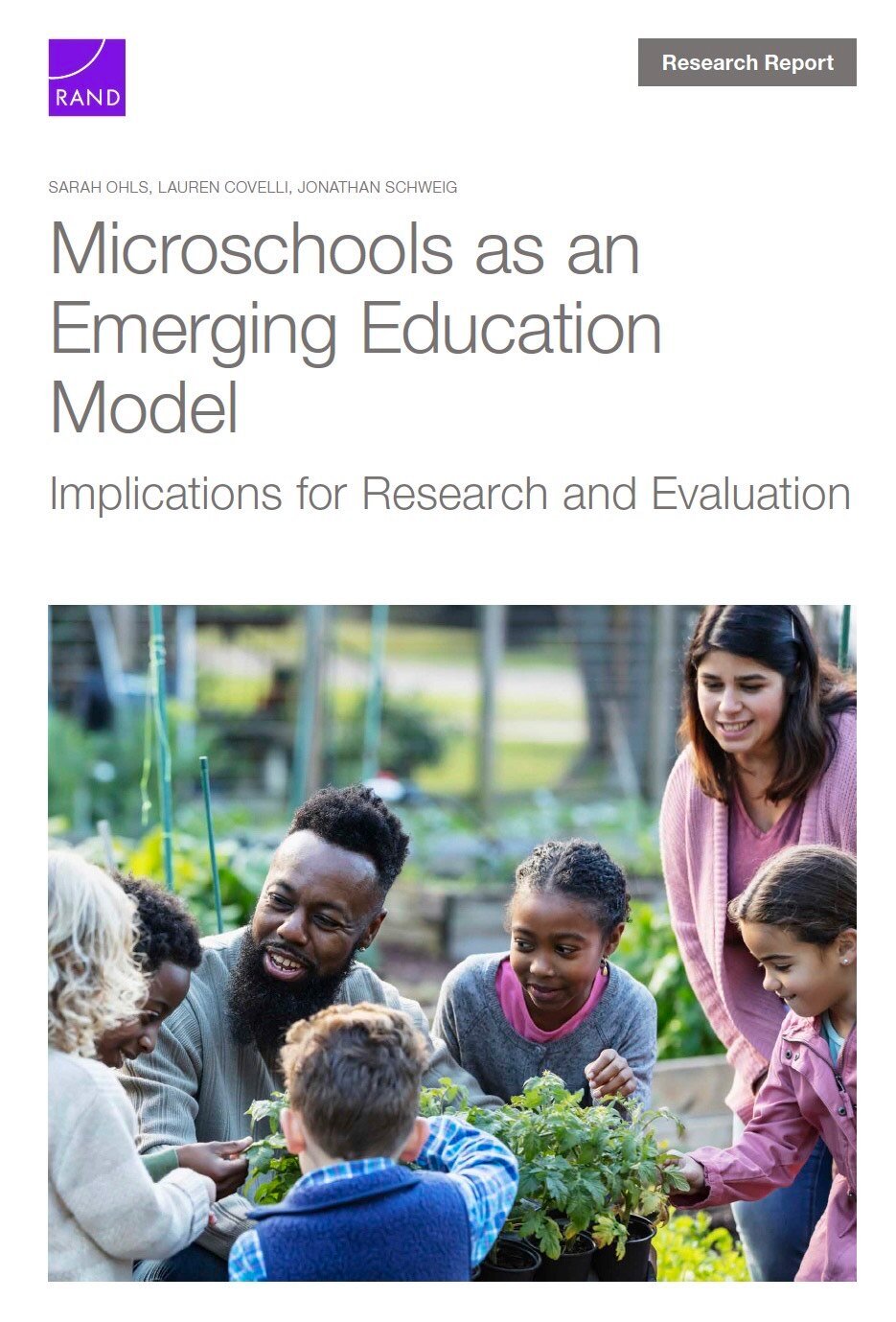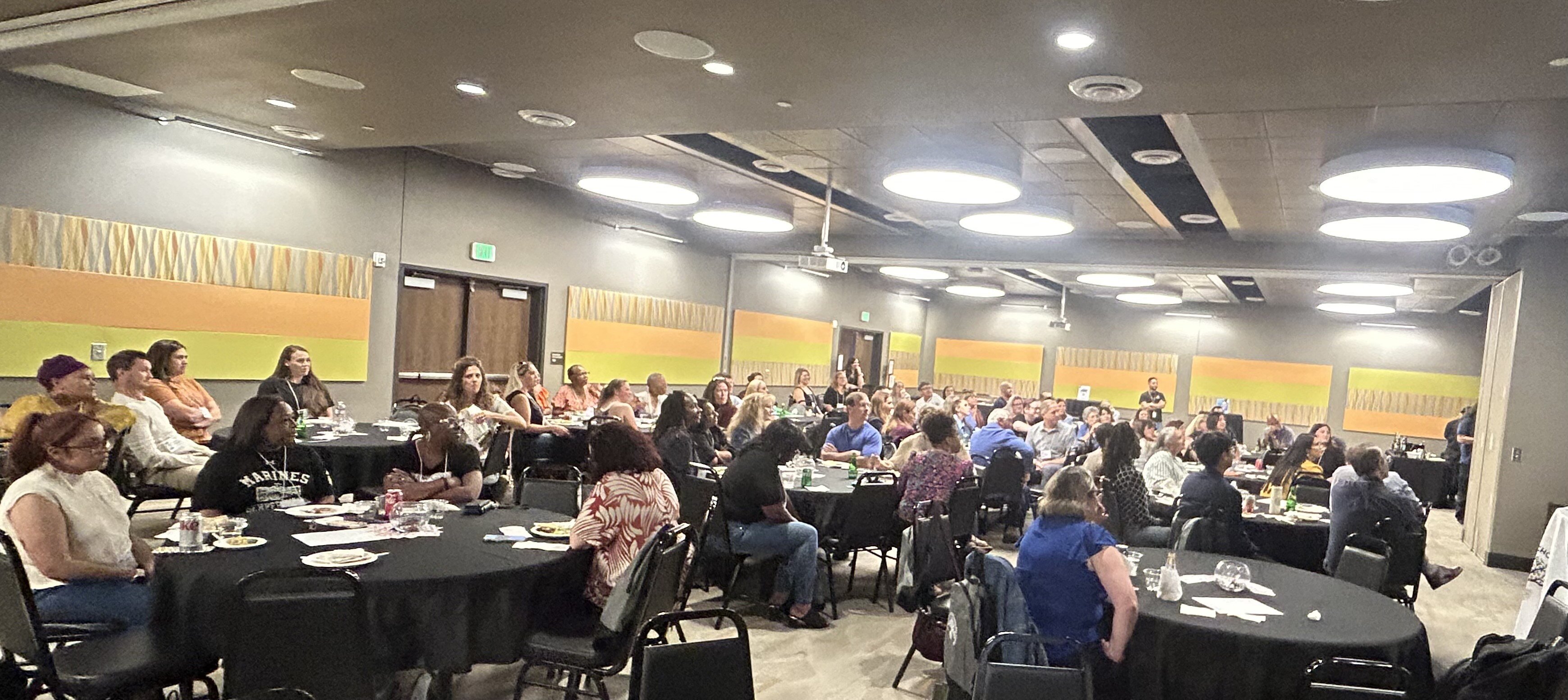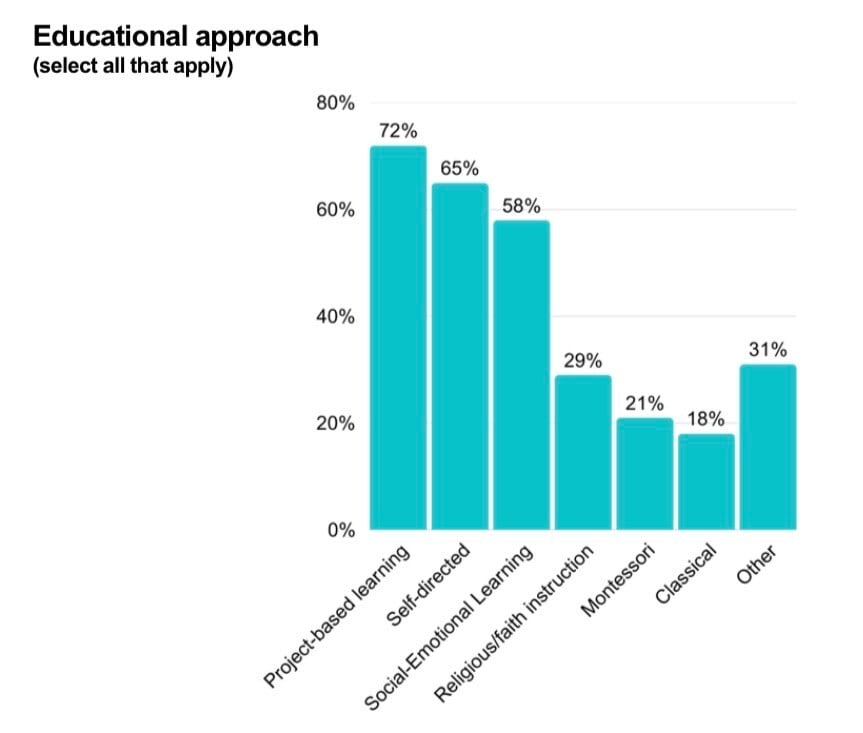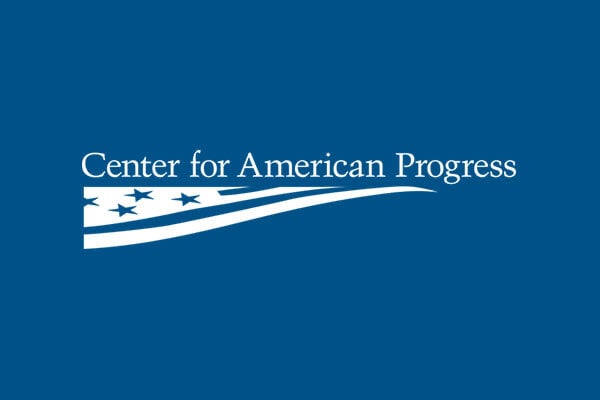National Microschool Founders & Leaders Summit 2024
The National Microschool Founders and Leaders Summit, convened at Nevada State University in Las Vegas October 11 and 12, brought together over 100...

The RAND Corporation, one of the nation’s oldest and most admired independent research organizations, this week published its first in-depth report on America’s microschooling sector, Microschools as an Emerging Educational Model: Implications for Research and Evaluation.
This report, RAND’s second on microschools and first sponsored by the Walton Family Foundation, is expected to be the first in a series. This overview analysis is important not only for its resonant conclusions, but the institutional validation this authoritative publication brings to an exciting, growing educational movement still perceived to be in its early adoption phase around the country.
The report’s authors Jonathan Schweig, Sarah Ohls and Lauren Covelli informed their research with extensive reviews of published articles and reports, as well as surveys and interviews with microschool founders. The examples discussed throughout do indeed seem representative of the broader
Among their key findings:
“The best currently available estimate is that between 1 and 2 million students attend full-time microschools and many more attend part time.” Today’s microschooling movement continues to grow in every state, organized in different models in response to the different frameworks in place in each – nonpublic schools and learning centers serving families adhering to their state’s requirements for homeschoolers have remained the most common. As the RAND report notes, a growing number of microschools offer less-than-full-time, unbundled, learning options aligned with their unique models, many in addition to their full-time, in-person offerings.
“Microschools seek to serve students with learning differences, or students whose social, emotional or behavioral needs aren’t being met in traditional learning environments.” The RAND report notes that half (48%) of microschools studied serve children with specific learning disabilities, and more than half (56%) serve children identified as neurodivergent.
“Free from the state and federal accountability and reporting requirements faced by public schools, microschools often make decisions about how (and whether) to assess students’ academic proficiency and growth on a student-by-student basis.” Microschools rely on these flexibilities in many crucial ways as they create unique models to serve the needs of the children and families they serve. In certain states, participation in school choice programs or other factors requires microschools to administer norm-referenced assessments. Other microschools make these assessment tools available to families to choose to participate in. Microschool founders recognize that the families they serve are their most crucial stakeholders, and work with them to measure their impact in any number of meaningful ways.
“Increasing efforts to regulate the sector has implications for the sustainability for individual microschools. Forced closures have occurred because microschool leaders are unable to navigate increasingly stringent regulatory environments.” With education governed predominantly at the state level in the United States, the many different frameworks which define how microschools must operate include not only education requirements, but often business license, zoning and land use, fire safety, and others. Generally, these legacy regulatory models were designed with only traditional schooling models in mind. As microschooling’s popularity grows, updated regulatory frameworks which allow microschools to serve families in the ways they are seeking will be a crucial factor in keeping the sector’s innovation on track.
The paper also discusses the following “Common Characteristics of Microschools:”
Additionally, this RAND report dedicates a substantial amount of writing to challenges facing researchers seeking to conduct scientific studies on microschools’ academic outcome. Their small size, wide variation of different models, absence of mandatory test participation and research implications of microschool families’ deliberate decisions to seek alternatives to traditional schools complicate traditional research models used to compare academic outcomes in traditional public schools, the authors point out.

The National Microschool Founders and Leaders Summit, convened at Nevada State University in Las Vegas October 11 and 12, brought together over 100...

The microschooling sector’s robust diversity of educational approaches is often described by the families who choose it as among its most appealing...

The Center for American Progress last week published a paper, “The Importance of Holding Microschools Accountable,” recommending new federal...